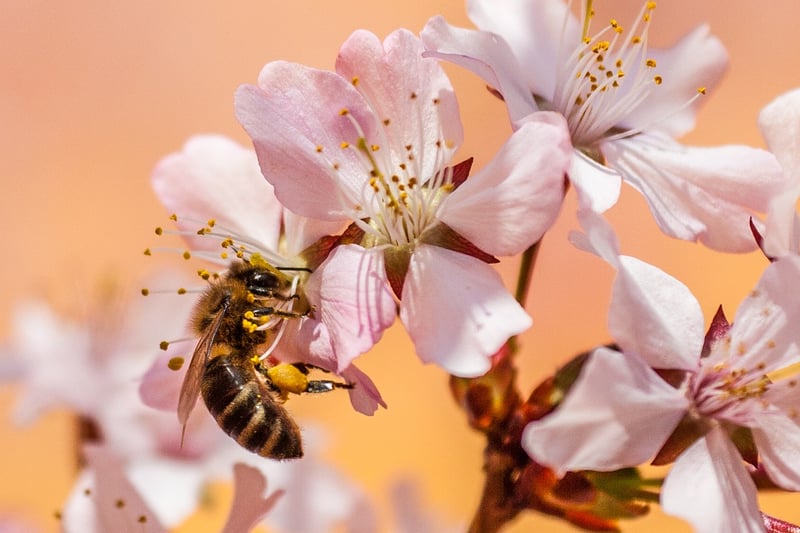Bee-Friendly Gardens
Keeping Bees in the City: A Guide to Urban Beekeeping

Urban beekeeping is a thriving trend that not only supports the declining bee population but also provides numerous benefits to city dwellers. Whether you have a backyard or just a balcony, you can join the movement and help these essential pollinators thrive in urban environments.
The Basics of Urban Beekeeping
Before starting your own beehive in the city, it's essential to check local regulations regarding beekeeping. Many cities have specific rules and guidelines to ensure the safety of both bees and residents. Once you have the green light, you can set up your hive and begin this rewarding hobby.
Benefits of Urban Beekeeping
- Supporting bee populations in urban areas
- Boosting local pollination
- Producing your own fresh honey
- Learning about the fascinating world of bees
Bee-Friendly Gardens

Creating a bee-friendly garden is another way to support bees in urban settings. By planting a variety of flowering plants, you can provide food for bees and other pollinators throughout the year. Avoiding the use of pesticides and herbicides is crucial to maintaining a safe environment for these beneficial insects.
Plants for a Bee-Friendly Garden
- Lavender
- Sunflowers
- Wildflowers
- Lilac
- Borage
- Herbs like thyme, rosemary, and mint
By incorporating these plants into your garden, you can create a haven for bees and enjoy the beauty of a vibrant, blooming space.
Whether you choose to keep bees or simply create a bee-friendly garden, your efforts can make a significant impact on urban biodiversity and the well-being of these essential pollinators.
